How to select the high-pressure differential control valve?
Time:2021-12-08 14:26:44Read:781
High pressure differential regulating valve is the terminal executive element in the industrial process control system. In the automatic control system of continuous production of industrial process, it is generally necessary to use regulating valve to control various process parameters in the process production, so as to adjust the parameters such as fluid pressure, temperature, flow and liquid level. It is usually called "hand and foot" in the automatic production of industrial process. Its application quality is directly reflected in the regulation quality of the system. As a terminal actuator in process control, people have a deeper understanding of its importance than in the past. The application of high-pressure differential control valve is good or bad, in addition to product quality and whether users install, use and maintain correctly, correct calculation and selection is very important. Due to the error of calculation and selection, the operation of the system is unstable, and some can not even be put into use. Therefore, users and system designers should fully realize the importance of high-pressure differential control valve on site and pay enough attention to the selection of high-pressure differential control valve.
The general principle of type selection of high-pressure differential regulating valve is: on the premise of meeting the use function, the selected regulating valve should have simple structure, reliable performance, low price, long service life, convenient maintenance, etc. The following focuses on the selection of regulating valve type.
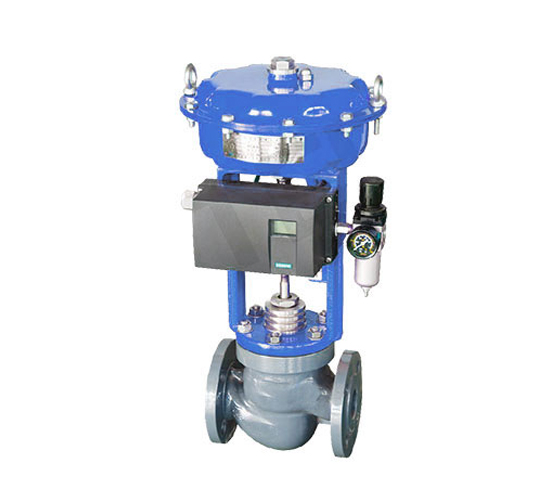
The selection process of high pressure differential regulating valve is as follows:
1. Determine working conditions: P1, △ P, Q, T1, fluid characteristics, allowable noise, etc; Select the appropriate ANSI pressure rating required for the body and trim
2. Calculate the required initial CV value and check the noise and cavitation level
3. Select the trim type of regulating valve: if there is no prompt of noise or cavitation, select the standard trim; If the gas phase noise is very high Select noise reduction valve internals; If the gas phase noise is very high or indicates cavitation, select the relevant valve trim.
4. Select the size of valve body and trim: select the size of valve body and trim according to the required CV value; Note that stroke, trim group and closing class are optional
5. Select trim material of regulating valve: select trim material for application. Ensure that the selected trim can be found in the trim group for the selected valve diameter.
6. Optional: consider the relevant closing grade, valve stem packing and other options.
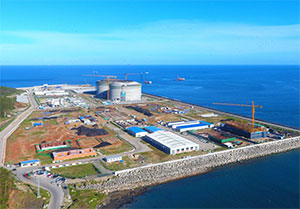 Refining and chemica···
Refining and chemica···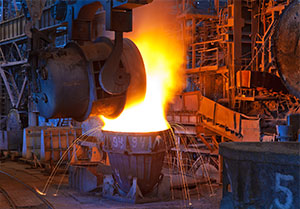 Metallurgical indus···
Metallurgical indus··· Gas industry
Gas industry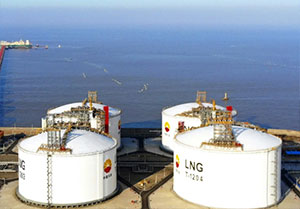 LNG industry
LNG industry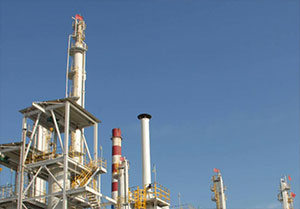 Chemical industry
Chemical industry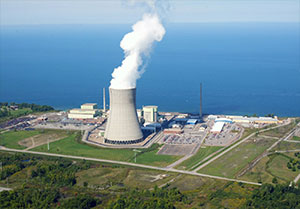 Power industry
Power industry
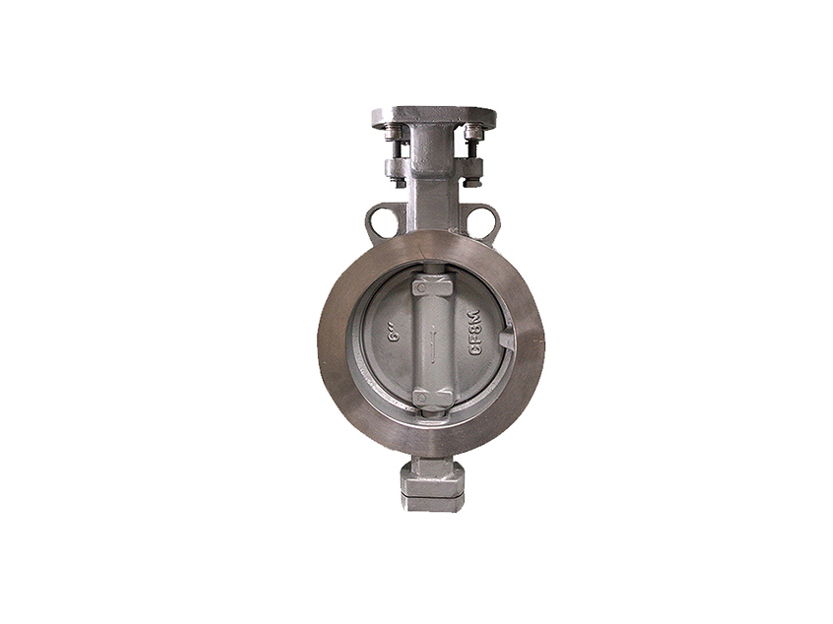
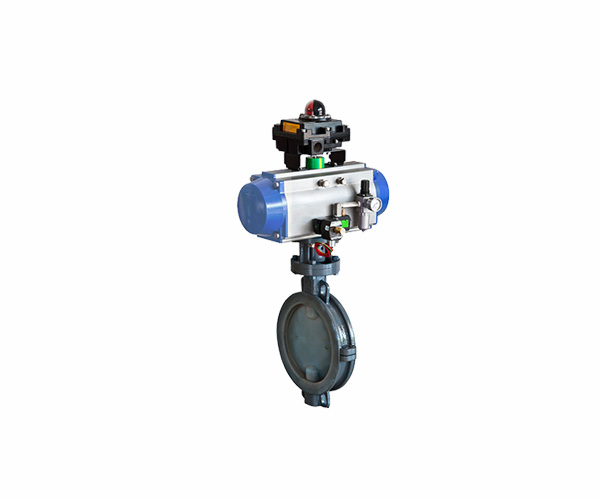
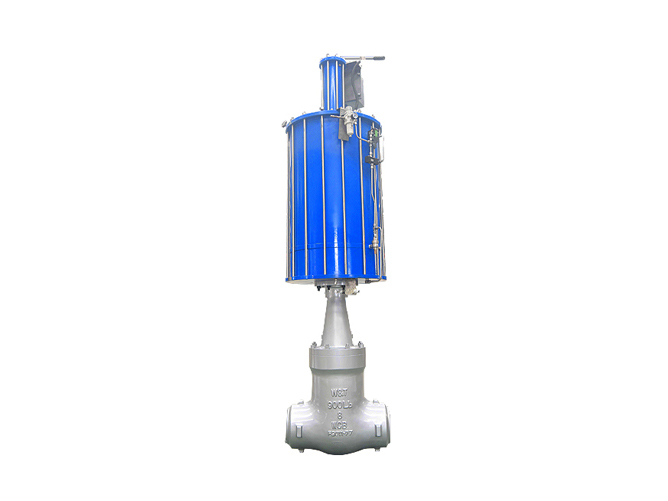
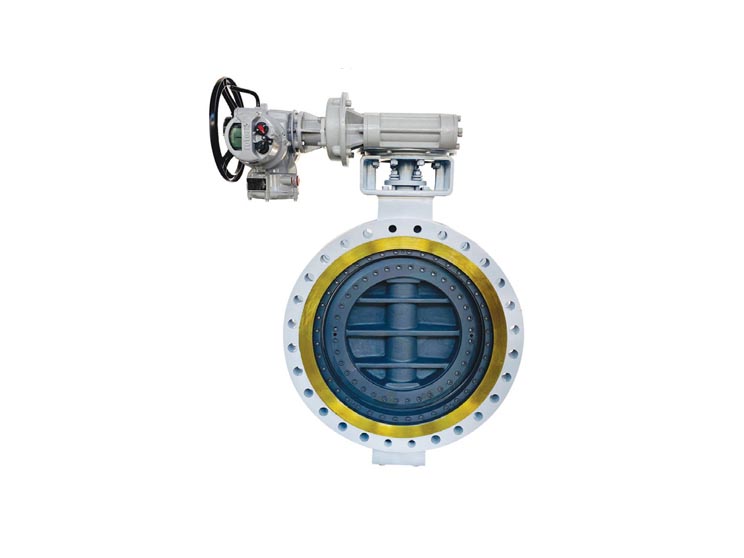


 QQ:664857658
QQ:664857658